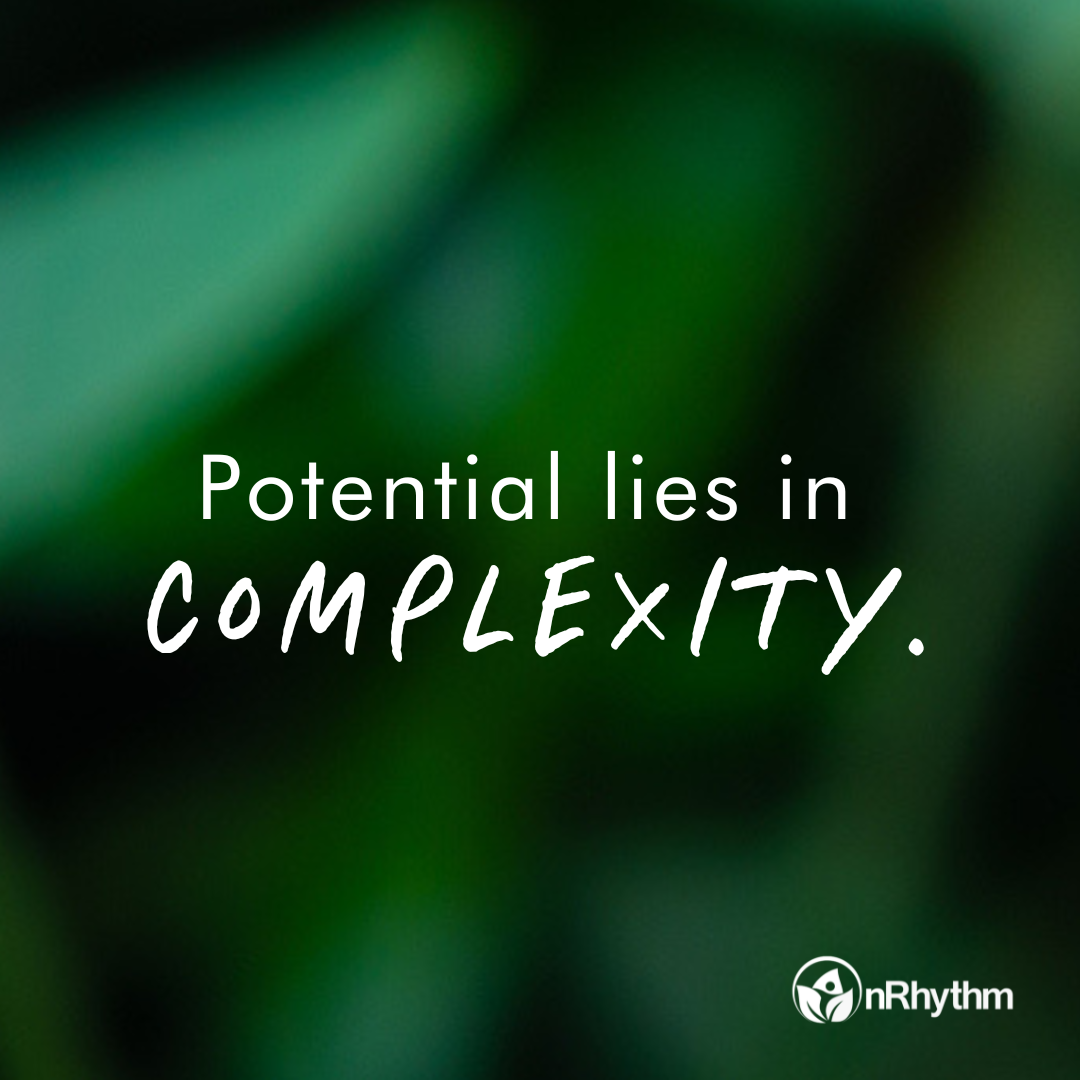Organizations (big and small) are full of complexity.
Organizations aren’t merely filled with complicated challenges. You can’t just take certain inputs through a series of known steps and deliver predictable outputs. Why? Because organizations are filled with people, who are alive.
People go about their work in unpredictable ways. They all have different personalities, talents, and skills. They’ve all had different levels of education and opportunities. They’ve all experienced the beauty and pain of life to varying degrees. So, when they go about their work, they aren’t just bringing what was listed on their resume. They might be bringing relationship challenges, economic hardships, health concerns, and faded hopes as well.
Furthermore, the products you sell or services you provide are purchased, used, and reviewed by people. People’s ideas and actions are what form our political climates, economies, legal systems, educational opportunities, spiritual communities, and social media interactions. They make buying decisions that can, on a whim, turn an entire industry on its head. And all these human behaviors, along with an exhaustive list of others, contribute to the value people place on the work your organization does.

The interdependence - both inside and outside of the defined boundaries of “our organization” - demonstrates that organizations, the people that work in them, the communities they serve, and the environments they impact are full of complexity.
Regenerative leaders create the conditions to unleash potential.
When you view your organization as a living system that is full of complexity, you realize that a different approach to leadership is required.
-
Rather than “fixing” and addressing problems and people to achieve a direct outcome, regenerative leadership focuses on creating the conditions for outcomes to be created through the agency of others. So, it pays attention first to the environment that is being created in the organization and does not overemphasize particular decisions and outcomes.
-
Regenerative leadership sees people as the primary and most valuable resource in the organization, rather than money and financial outcomes. Therefore, it makes thriving people a priority.
-
Regenerative leadership does not seek to control, rather it knows that true potential and abundance exist outside the realm of what we can predict or control. Therefore, it focuses on unleashing the genius, intelligence, and agency of every team member in ways that unleash the organization’s potential in unexpected ways.
-
Regenerative leadership does not see one’s own decision-making as better or preferable, rather, it values and prioritizes creating the conditions for all team members to be intelligent decision-makers. Therefore, it does not seek to be out in front charting the course for others and instead charts a course with others.
-
Regenerative leadership does not fear the decisions of others, because it understands that when people are a part of defining the organization’s context and setting the organization’s priorities, they become equipped to make aligned decisions just as any CEO, owner, or executive team would.
Take a moment to imagine how different your organization would be with leadership like that.
What kind of leader will you be?
Regenerative leadership is not moving people from A to B or delivering on goals. Regenerative leaders steward agency and develop their team’s capacity for intelligent decision-making. Regenerative leaders do not seek to control, they seek to elevate the genius and intelligence of each team member. Regenerative leaders create the conditions for the human potential in an organization to be realized. Leaders who lead in this way open pathways for emergence and abundance that cannot be uncovered using traditional leadership techniques.
We need bold, regenerative leaders more than ever. Leaders who, instead of perpetuating the status quo, are actively imagining and designing new conditions where abundance and well-being for all are the natural outcomes. Leaders who, instead of finding ways to maintain power, are designing and evolving structures that foster equity in decision-making, power, information, and resources. Leaders who are committed to disrupting the current dominant design, and actively designing and operating in ways that equitably invest in the growth and health of all members, not just a few.
Workplaces of the future are full of complexity, because they are full of life. The question is, will you be working with life or against it?